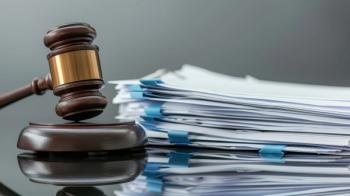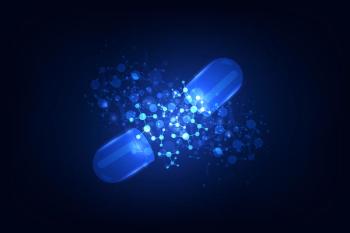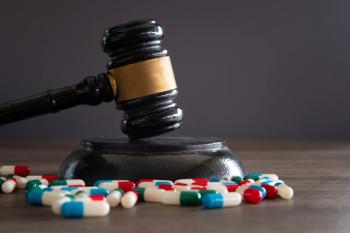
Staffing Makes the Difference
It isn't the number of prescriptions that makes a good day in the pharmacy, it is the staffing.
I get home around 6 p.m. after my eight-and-a-half hour day at the drug store. I am greeted by Denise with the question, “How was your day?” She was a pharmacist for 36 years and knows that the answer depends. Some days I’ll say, “It was a Monday, We did 390 prescriptions and I didn’t break a sweat.” On Wednesday, the answer is, “We did 220 prescriptions and I got slammed all day.” In my 36 years on the bench I’ve found the difference between a great day, and a challenging day isn’t the number of prescriptions, it is the level and quality of staffing.
My first 6 months as a pharmacist in 1981 were spent with a major chain. It was the days of no profiles, manual typewriters, minimal insurance, and lots of paper, especially the dreaded SMWR (store manager weekly report). I asked my district supervisor for more tech hours. He resisted and said 15 hours a week is adequate. “I’ve watched you work, Pete and if you quit talking to those customers you’ll have plenty of time to get the paperwork done,” he said. Two weeks later I left the chain and started working for an independent.
Good technicians are what makes a community pharmacy happen. Techs do the data entry, prepare the prescriptions, and help manage the inventory. They are a most valuable commodity in any pharmacy. They work hard, and their salaries might not reflect the amazing job that they do. I have three excellent technicians whose functions include data entry, counting the pills, labeling the prescriptions, and answering the phone. I have been in pharmacies that have four active phone lines, and are staffed with two techs. Why on earth have two phone lines that can’t possibly be answered?
I always tell student pharmacists, “Technicians deal with problems. Pharmacists deal with patients.”
I occasionally drop by chain pharmacies on a Saturday night to find the pharmacist answering the phone, doing the data entry, waiting on and ringing up patients, as well as tending to a drive through! I look at the desperation on the pharmacist’s face and wonder, “Think how much better this situation would be with just one technician.”
According to Payscale.com, the average pharmacy tech makes about $12.56 per hour. According to the NCPA Digest, the average prescription generates a gross margin of $11.99. So, if by hiring an extra tech, and because of efficiency they generate one more prescription per hour, the store almost breaks even. Just increasing the volume by one prescription per hour could pay for your pharmacy technician.
Most of my patients appreciate my “hands on” care and are very comfortable at the pharmacy I manage. They love to be addressed by their names by our amazing staff and feel quite comfortable there. I have a very substantial subgroup that loves our pharmacy because we are so efficient. My superstar technicians, Brad Wigand, Keely Patterson, and Becky McConnell, and a very capable cashier, move them through.
The owner and his father insist on adequate staffing to free up the pharmacist to interact with patients. That extra staffing pays huge dividends just by attracting those patients who demand lower wait times. We pull a lot of patients to our 1200- square-foot store from the big box stores because of our efficiency. We have all three major chains represented within 4 minutes of my store, and we pull prescriptions from them due to their lengthy wait times and understaffing.
If you work for a big box store, please don’t share this column with your district manager; we love taking care of the patients you don’t have time to!
Newsletter
Pharmacy practice is always changing. Stay ahead of the curve with the Drug Topics newsletter and get the latest drug information, industry trends, and patient care tips.

















































































































